Nikon COOLPIX P90
-
-
Written by Gordon Laing
Nikon COOLPIX P90 vs Canon PowerShot SX10 IS High ISO Noise
| ||
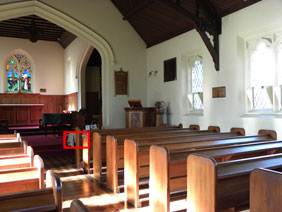 |
To compare noise levels under real-life conditions we shot this scene with the Nikon COOLPIX P90 and Canon PowerShot SX10 IS within a few moments of each other using each of their ISO settings. The lenses on each camera were adjusted to deliver the same field of view, as much as their coarse zoom steps would allow. Both cameras were set to Program mode to evaluate their automatic performance. |
The image above was taken with the Nikon COOLPIX P90 at a sensitivity of 64 ISO, with the lens set to 6mm (34mm equivalent); the exposure was 1/5 at f2.8 and the original 12M Fine JPEG file measured 4.66MB. The crops are taken from an area marked by the red square and presented at 100%. The Canon PowerShot SX10 IS crops show a slightly larger area because of its slightly lower resolution.
At their lowest respective sensitivities of 64 and 80 ISO, the COOLPIX P90 and PowerShot SX10 IS are delivering roughly similar degrees of fine detail, although in this first row we’ll give a small edge to the Nikon thanks to its slightly higher resolution.
At 100 ISO, both cameras are still roughly neck-in-neck in terms of resolved detail, although some noise speckles have started to appear in the background of the Canon samples. As seen on the previous page though, the P90 does apply greater processing than the SX10 IS, which in this case is smearing out any noise textures before they become apparent.
At 200 ISO, the P90 takes a turn for the worse, losing the finest details on the cloth which are still just about resolved on the Canon sample. Again notice how the SX10 IS has slightly higher levels of visible noise though.
At 400 ISO, both cameras are losing fine detail and sharp edges to processing artefacts, but again we’d say the Canon has a slight edge here. With the sensitivity increased to 800 ISO though, both models have lost almost all surface detail from the cloth and are now mostly illustrating their respective approaches to noise and noise reduction. Interestingly it’s at this point the P90 really begins to show its noise textures.
By 1600 ISO, the visible noise situation has reversed with the P90 exhibiting significantly greater speckles. The SX10 IS sample is much cleaner, but it’s down to higher noise reduction and there’s no greater detail present.
At 3200 ISO, both cameras drop their resolutions significantly. The Nikon still shows lots of noise, which the Canon has chosen to smear out. If you had to choose one, the Canon arguably looks better, although again it’s more down to its approach to noise reduction and which you personally prefer – there’s certainly little between them in terms of actual detail. The COOLPIX P90 then bravely goes on to offer a 6400 ISO option, although again it’s plagued by noise and a lack of detail.
So overall, like all cameras with small sensors, the P90 performs best at its lowest sensitivities and gets into trouble very shortly afterwards. Judging from the crops below, we’d say the P90 begins to lose it at 200 ISO, and while the Canon SX10 IS is no angel at the same sensitivity, its result is preferable. Ultimately despite its extra two Megapixels, the P90 is not recording greater detail than the Canon SX10 IS and in many cases actually delivers an inferior result. Now head over to our Nikon COOLPIX P90 Gallery to see some more real-life shots in a variety of conditions.
Nikon COOLPIX P90 |
Canon PowerShot SX10 IS | |
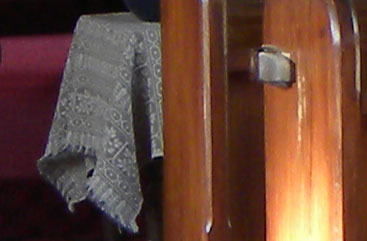 |  | |
64 ISO |
80 ISO | |
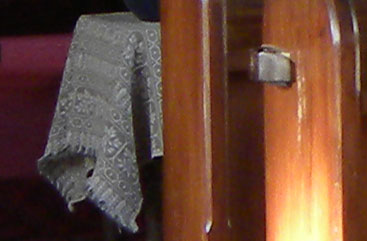 | 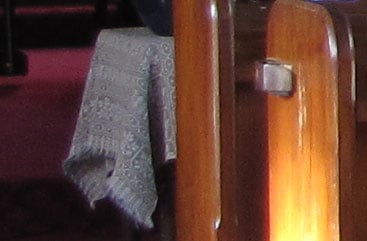 | |
100 ISO |
100 ISO | |
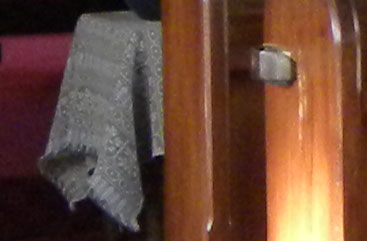 | 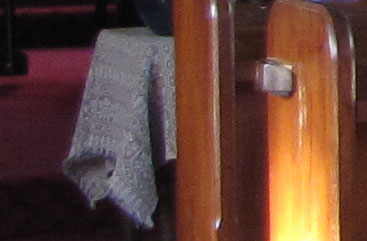 | |
200 ISO |
200 ISO | |
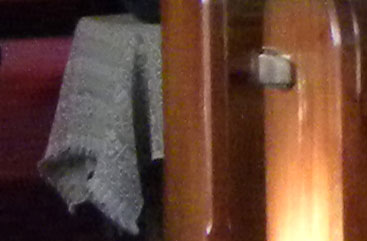 | 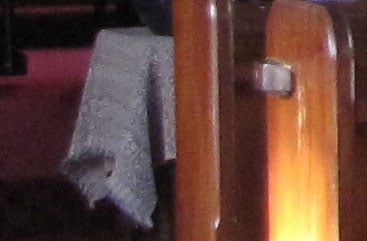 | |
400 ISO |
400 ISO | |
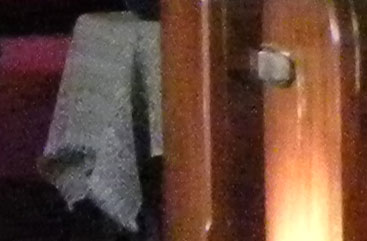 |  | |
800 ISO |
800 ISO | |
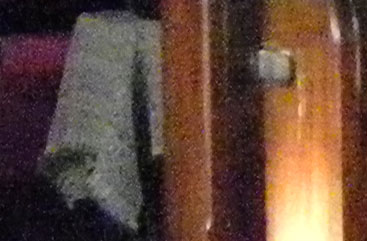 |  | |
1600 ISO |
1600 ISO | |
 |  | |
3200 ISO (3 Megapixels) |
3200 ISO (2 Megapixels) | |
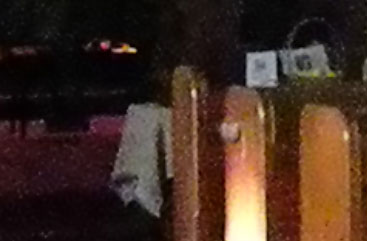 |  | |
6400 ISO (3 Megapixels) |
6400 ISO (not available) |




